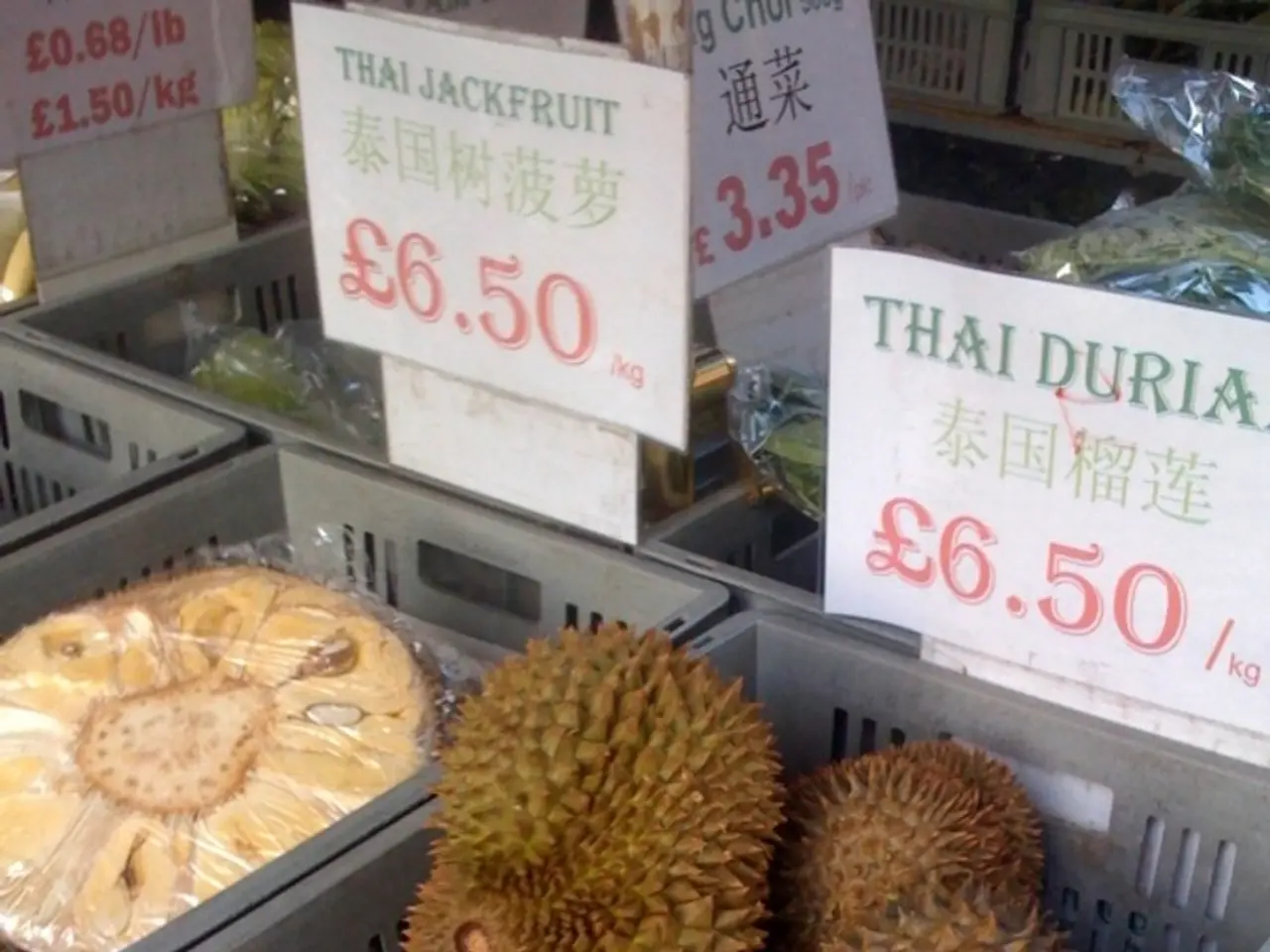Government outlines a four-point strategy to mitigate the effects of a 50% import tax increase
The Indian government is taking decisive action to protect sectors hit hard by the increased US tariffs, with a focus on maintaining export competitiveness. The measures announced include specific subsidies and support for affected industries, market diversification, and trade agreements.
Without similar support, sectors such as textiles, garments, and electronics risk losing key export markets permanently. The new tariffs have created a 5-25% cost gap for Indian exporters, a gap that existing EoDB measures have done little to address.
To counter this, the Indian government is launching the Export Promotion Mission, a Rs 20,000 Crore initiative aimed at providing liquidity support, brand building, and digital infrastructure enhancement. Key components include Interest Equalisation Schemes to boost working capital for MSMEs, the expansion of e-commerce infrastructure, and Brand India Campaigns to position India as a cost-effective alternative to China.
Sector-specific support is also being offered. For instance, the textile industry will receive a 5% duty subsidy to offset US tariffs, and a Rs 500 crore fund to help MSMEs adopt automation. The seafood industry is set to receive a $500 million liquidity package to stabilize shrimp prices and reduce dependence on the US market. The pharmaceutical industry, though exempt from tariffs, is stockpiling raw materials and accelerating domestic production to prepare for potential future shocks.
Market diversification and trade agreements are also part of the strategy. The government aims to aggressively use underutilized FTAs with partners like the UK and EU to open up $10 billion in new export opportunities, especially in textiles and chemicals. However, compliance with rules of origin is a challenge, with only 15% of exporters currently in compliance.
The government is also actively engaging stakeholders, including exporters, MSMEs, and trade associations, to assess the situation and tailor responses. Additional protective measures under consideration include targeted subsidies and fast-tracking trade agreements with other global partners to reduce reliance on the US market.
Industry insiders warn that companies may demand protection in the form of higher import tariffs and non-tariff barriers. Significant moves such as cutting goods and services tax (GST) on consumer goods could hurt government revenues in the short term.
The government's four-pronged strategy includes diversifying export markets, modifying the export basket, focusing on boosting domestic demand, and accelerating ease of doing business reforms. However, market diversification may not deliver quick results due to competition from heavily subsidized Chinese goods and other Asian countries.
A shift in the export basket is a time-consuming and resource-intensive shift, as export patterns are slow to evolve and require global demand alignment, domestic capability across manufacturing, raw material supply chains, and workforce skills. Retaliatory measures from trade partners are also a risk due to demands for protection.
References: [1] Industry executives have pointed out that these strategies do not address the short-term competitiveness gap created by the new tariff regime. [2] The rise in smartphone exports in recent years has been driven largely by Apple's arrival and the production-linked incentive (PLI) scheme, but this change took years and a major global player entering the market, conditions that cannot be quickly replicated across other sectors. [3] A pending Section 232 investigation includes proposals for 100% tariffs on semiconductors unless companies commit to manufacturing in the US, which could affect India's electronics exports. [4] US President Donald Trump has doubled tariffs on India to 50%.
- The Indian government's decision to launch the Export Promotion Mission, a Rs 20,000 Crore initiative, aims to provide liquidity support, brand building, and digital infrastructure enhancement, addressing the concern raised by industry executives about the short-term competitiveness gap created by the new tariff regime.
- The textile industry is receiving a 5% duty subsidy to offset US tariffs and a Rs 500 crore fund to help MSMEs adopt automation, a move that highlights the government's focus on sector-specific support in the wake of increased US tariffs.
- To counter the 5-25% cost gap created by new tariffs, the Indian government has announced measures such as Interest Equalisation Schemes to boost working capital for MSMEs, the expansion of e-commerce infrastructure, and Brand India Campaigns to position India as a cost-effective alternative to China, showcasing their commitment to financial support and market diversification.
- The government's four-pronged strategy includes a shift in the export basket, a move that, while resource-intensive and time-consuming, is aimed at reducing reliance on the US market and improving India's overall competitiveness in the global market, a key aspect of the general-news surrounding trade relations and the economy.




